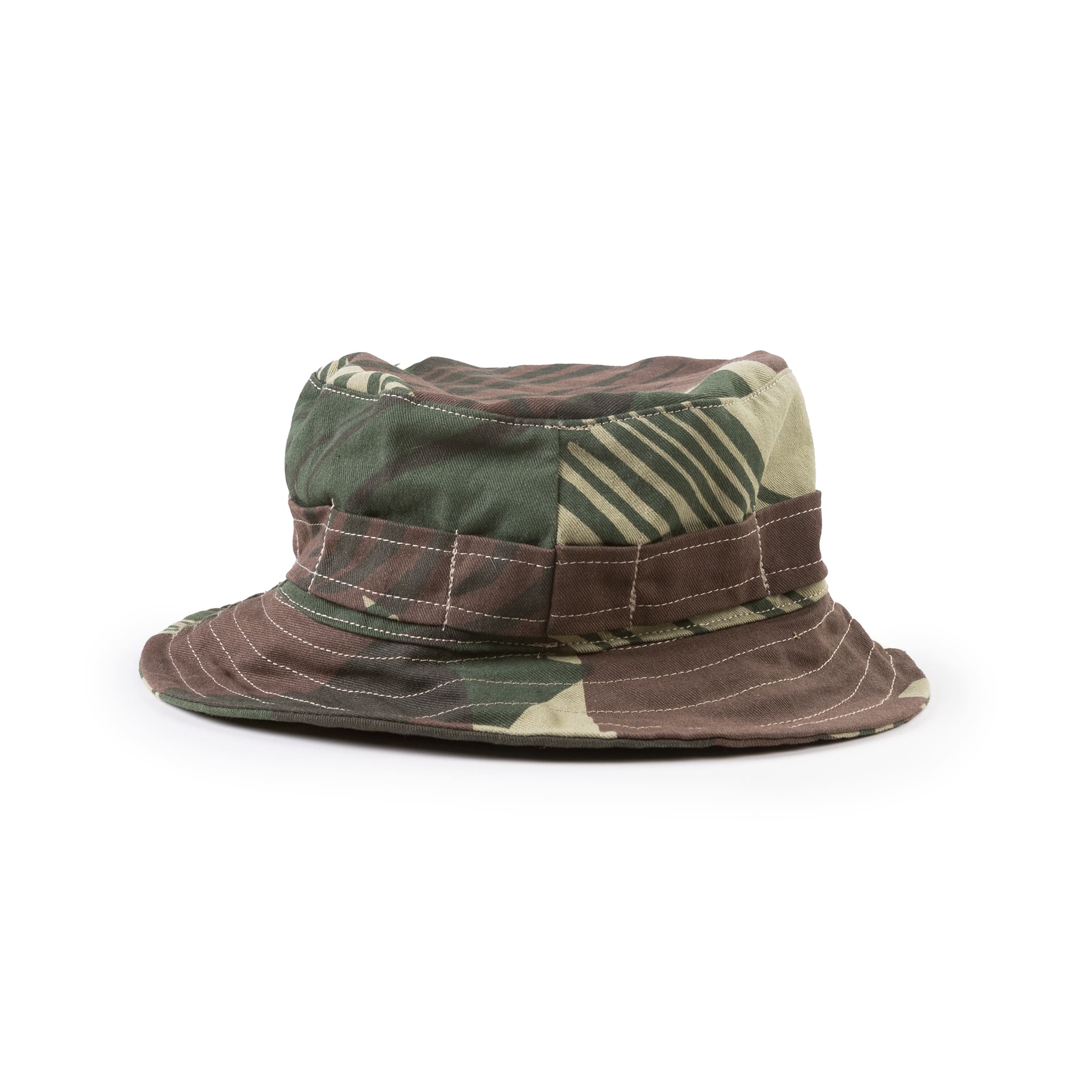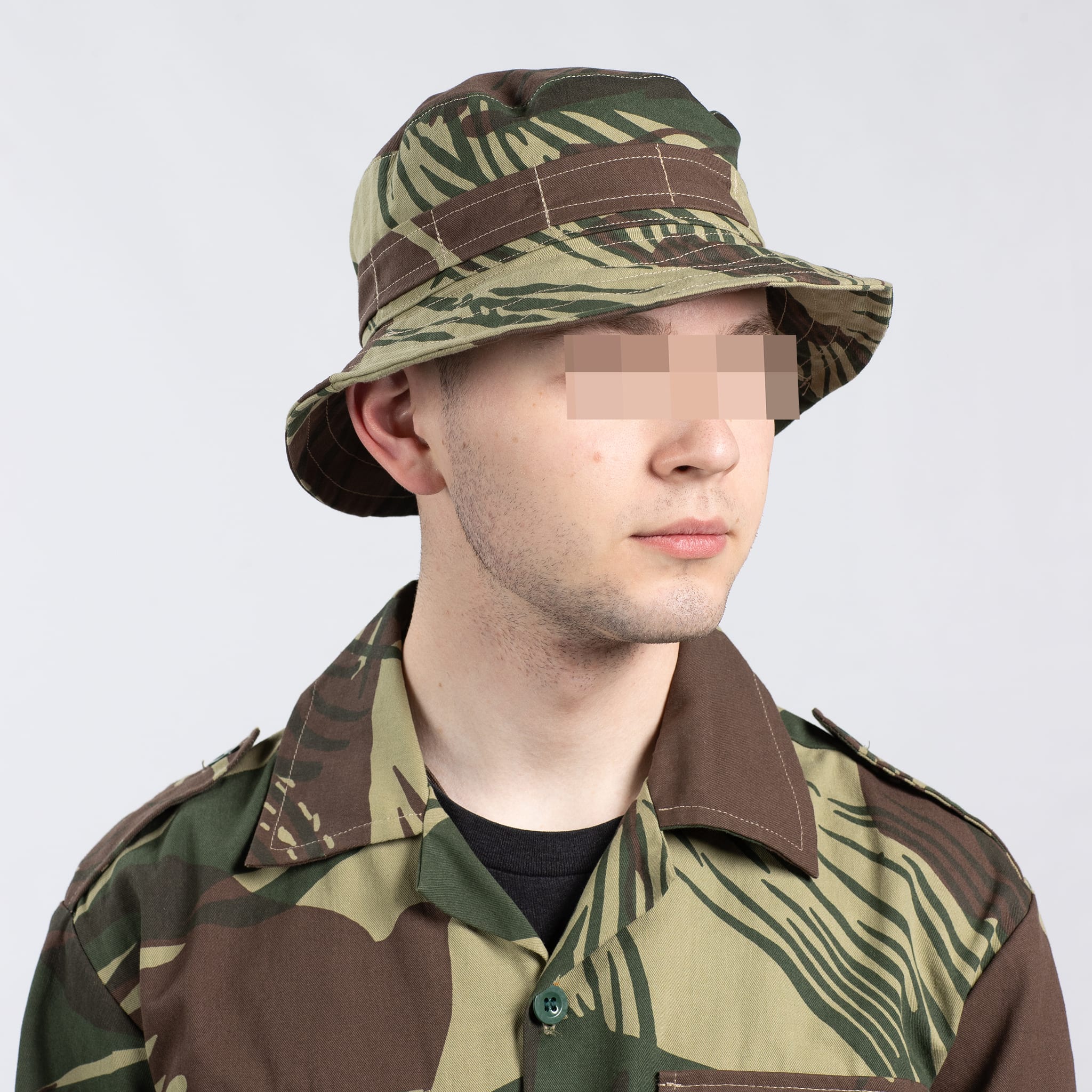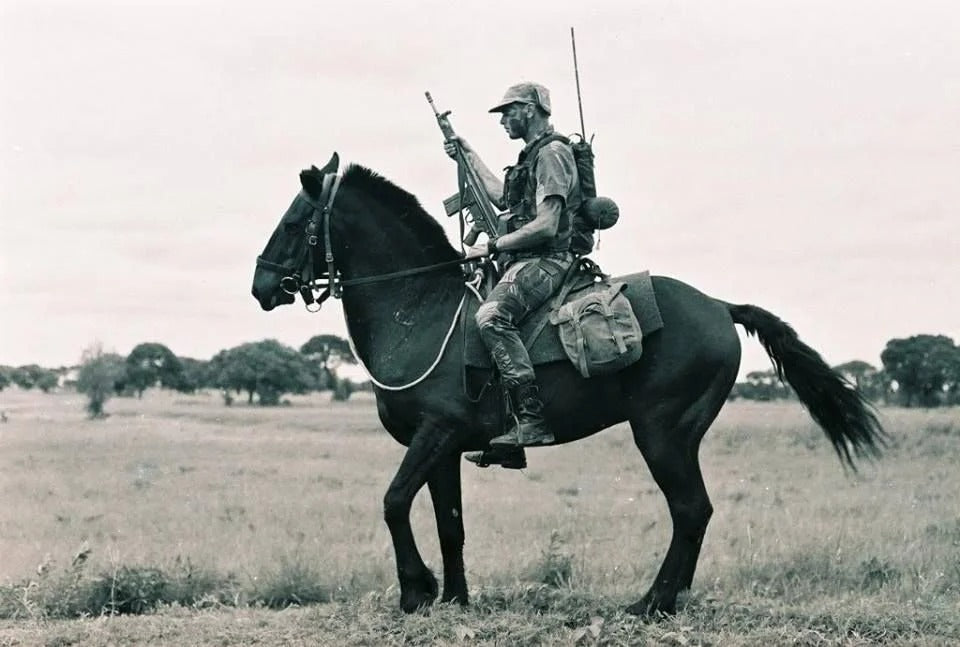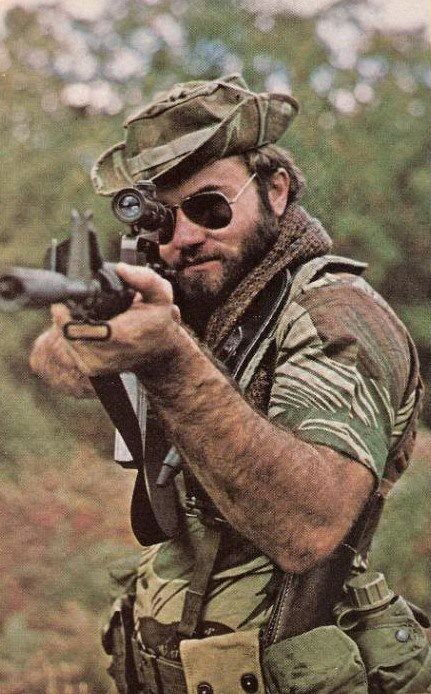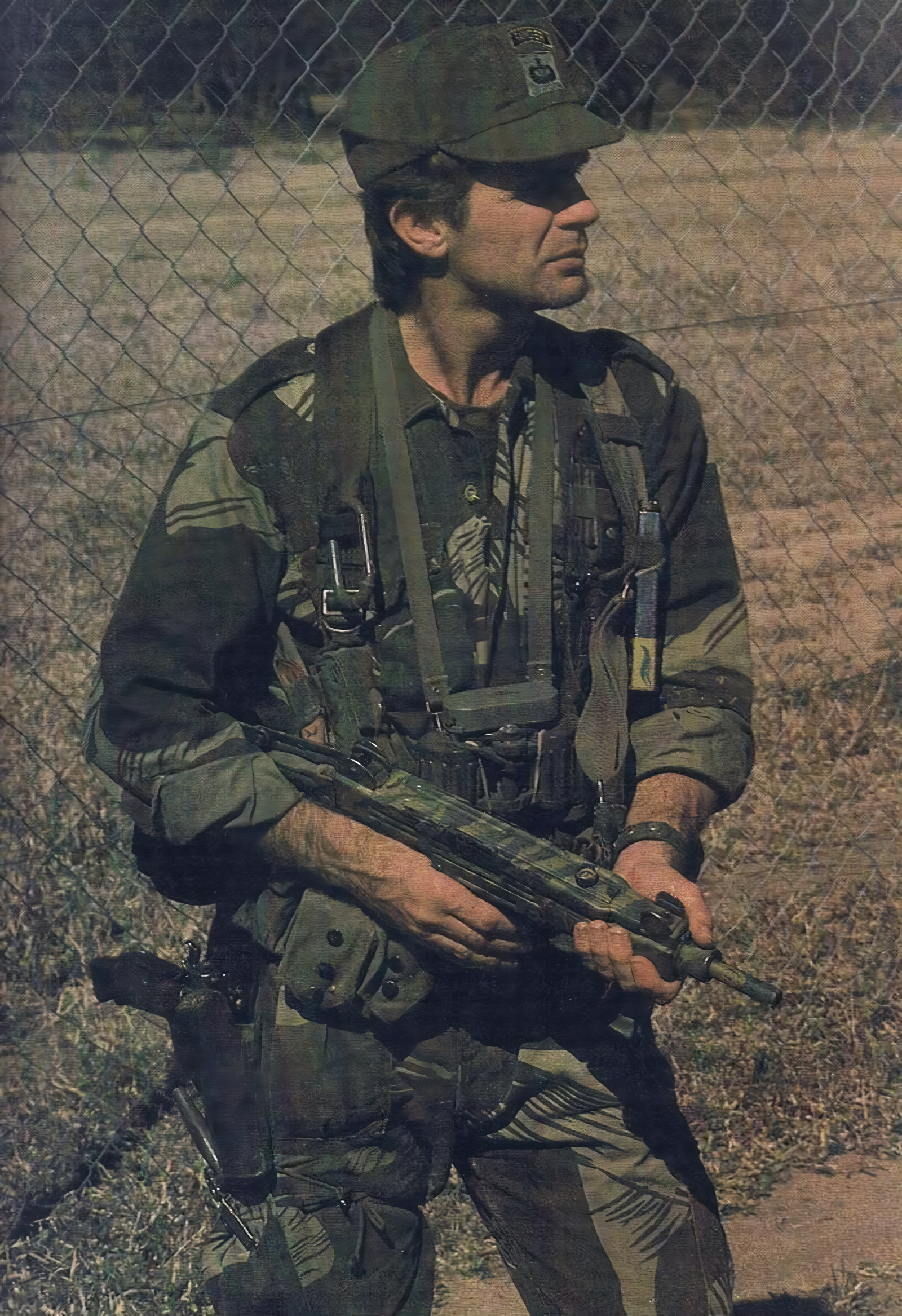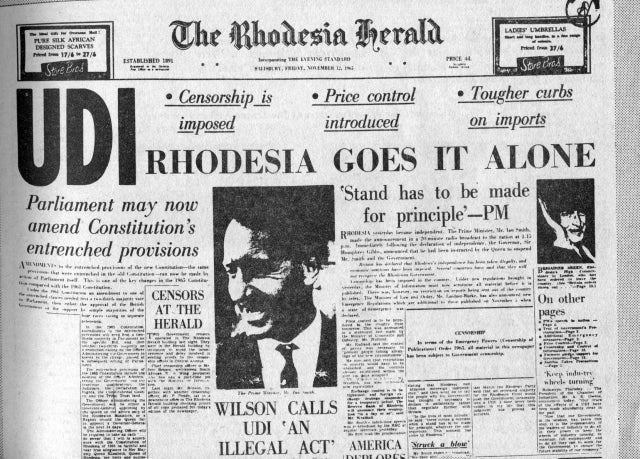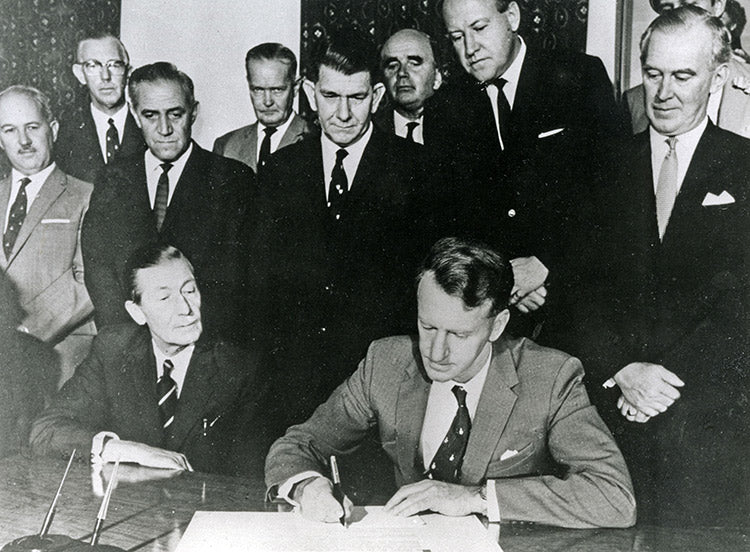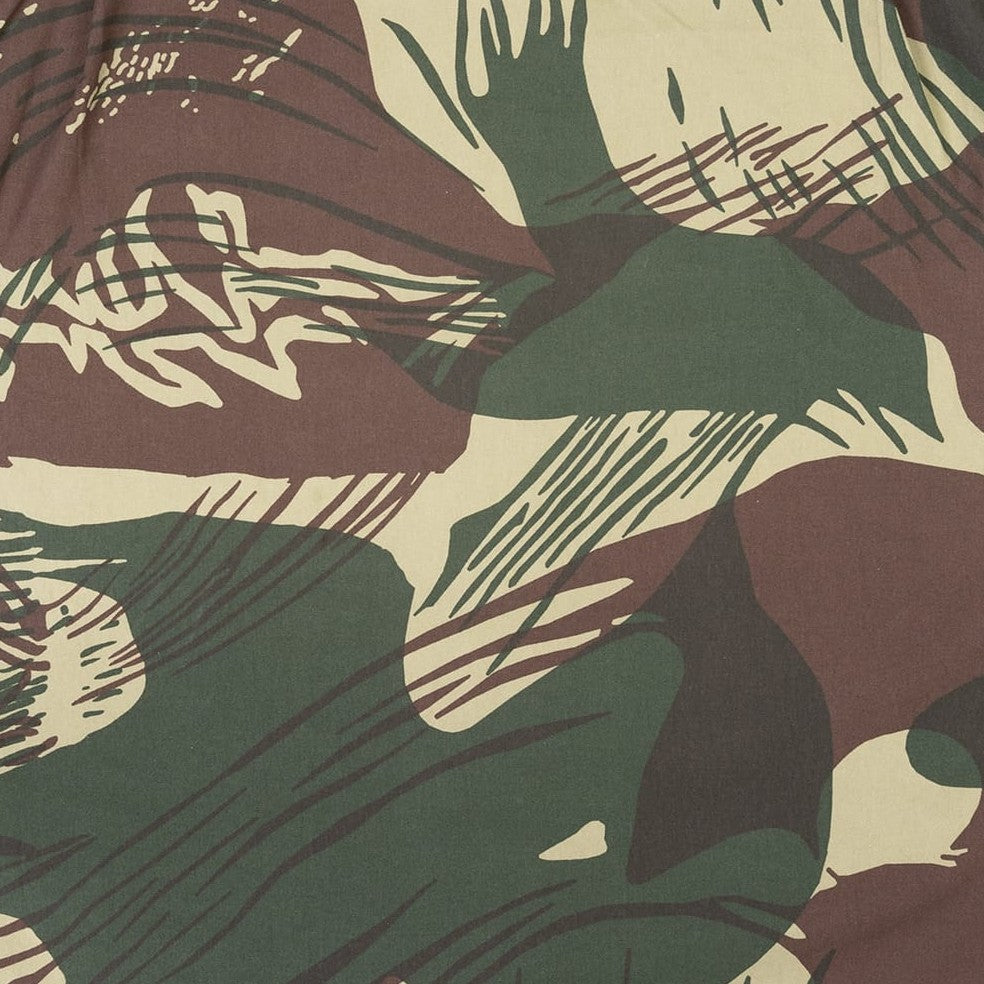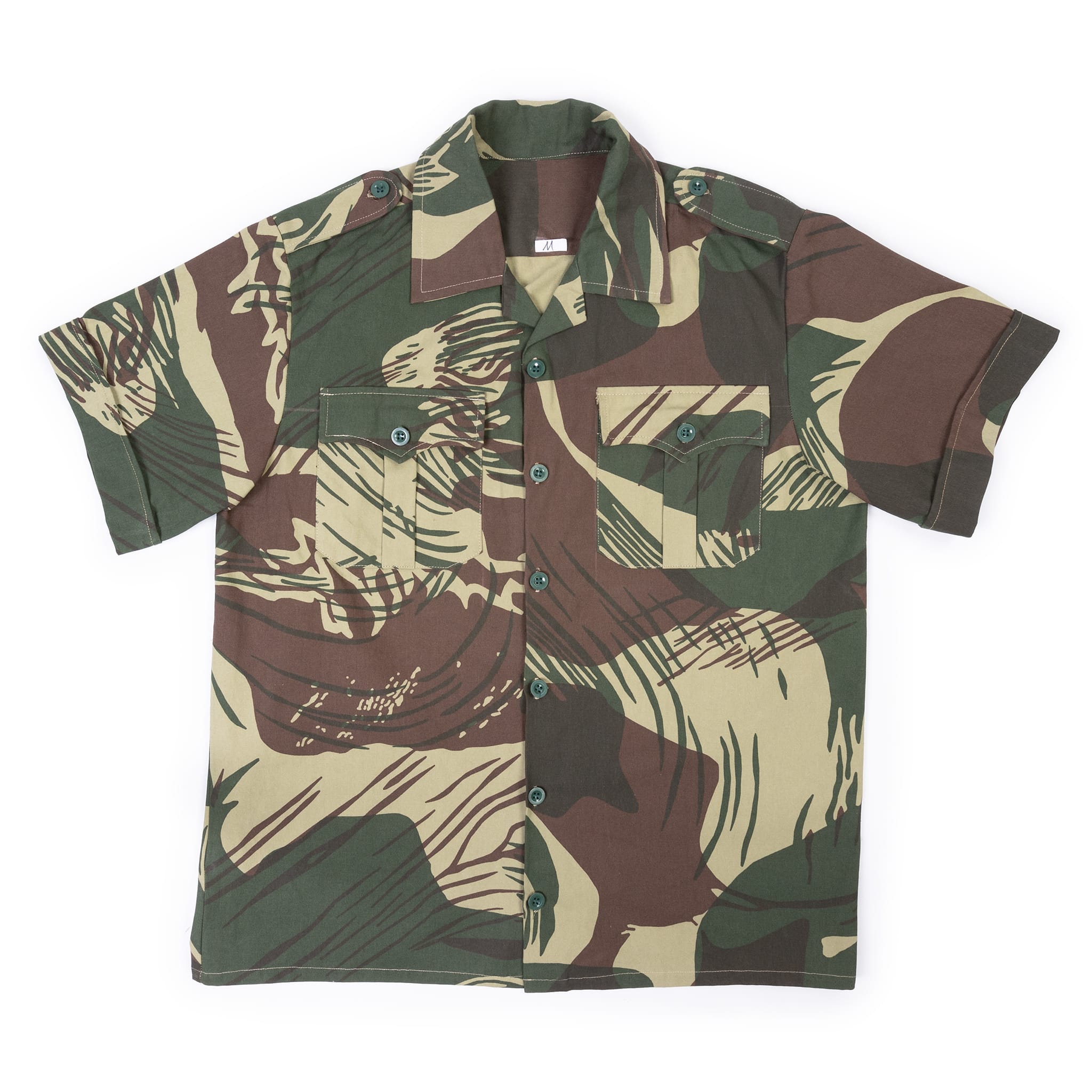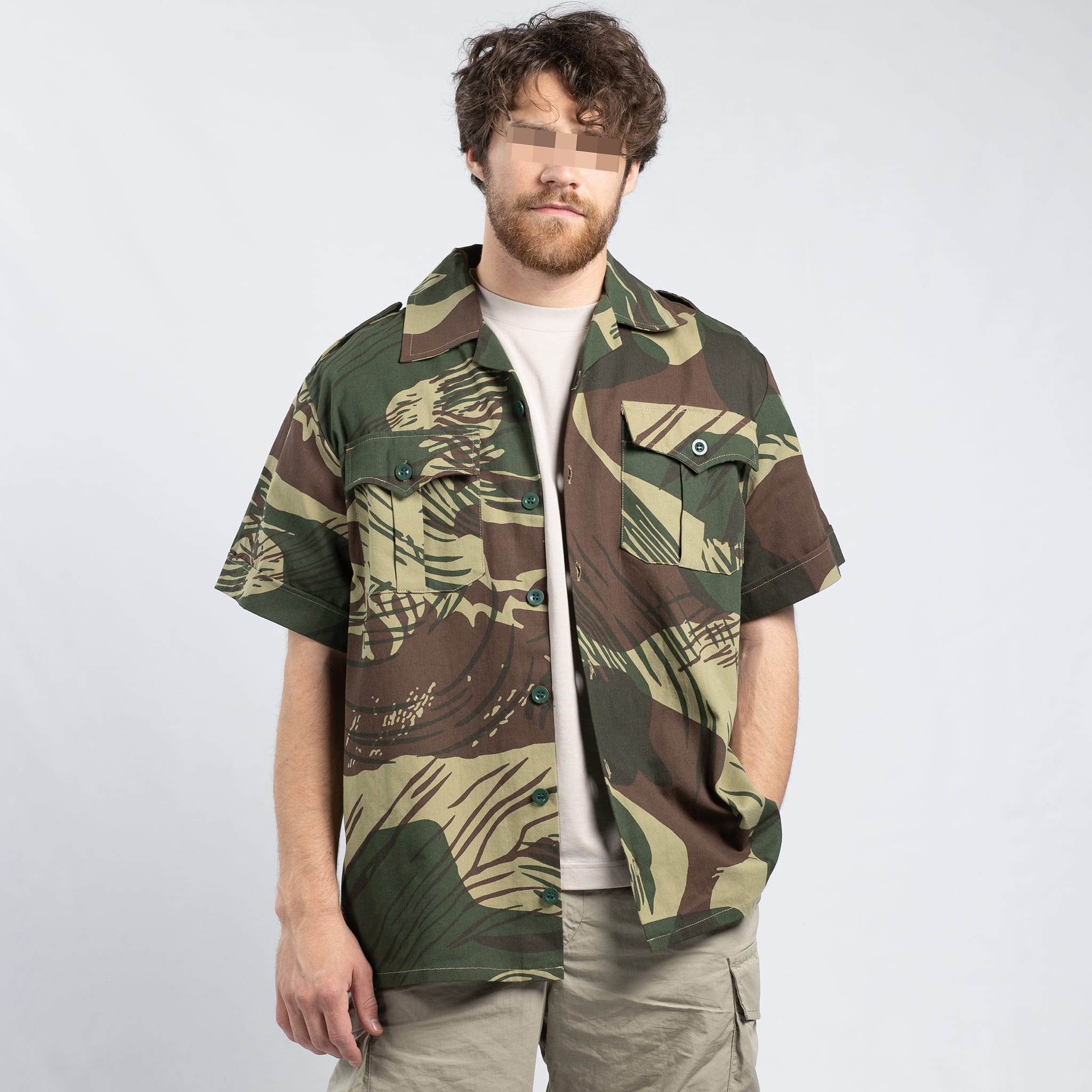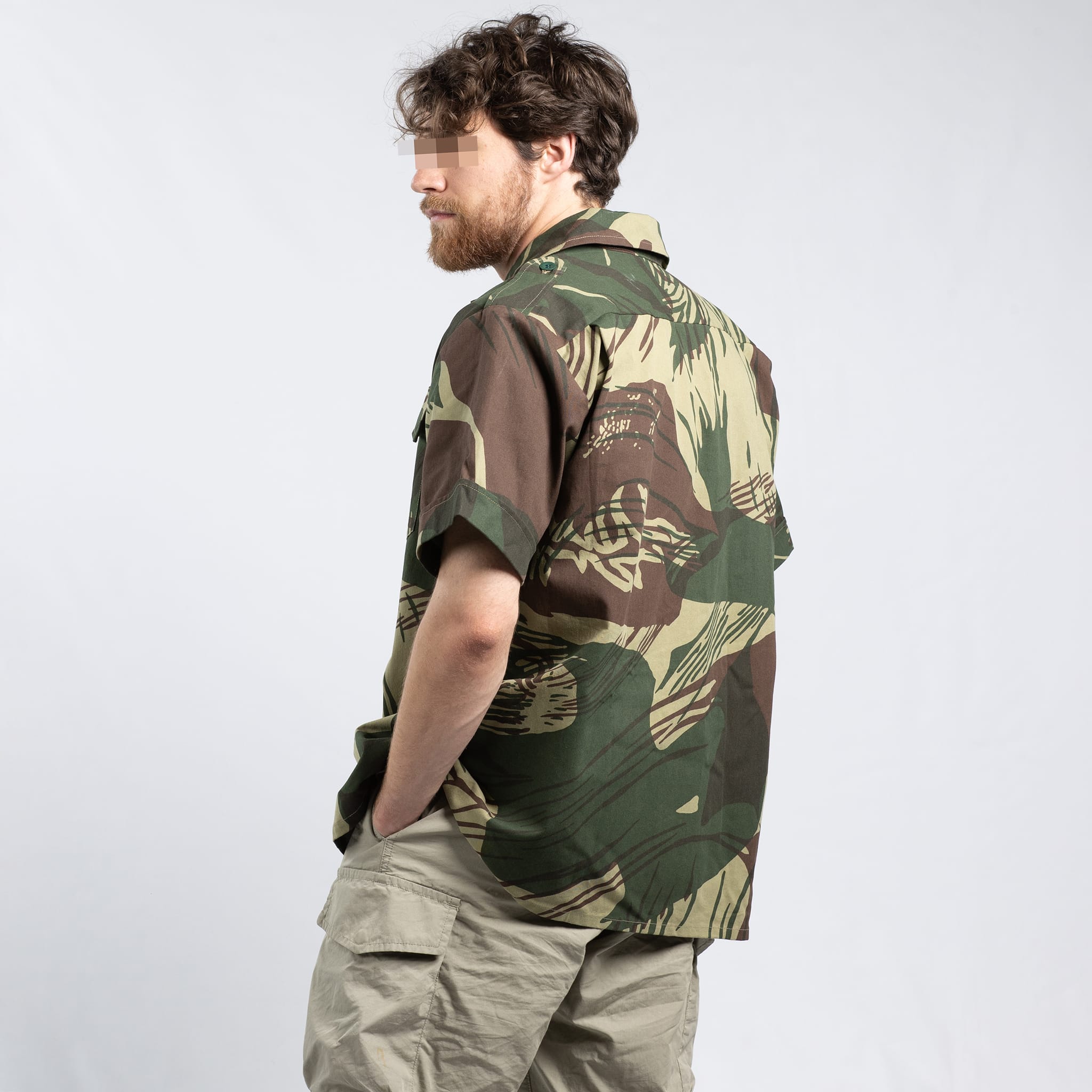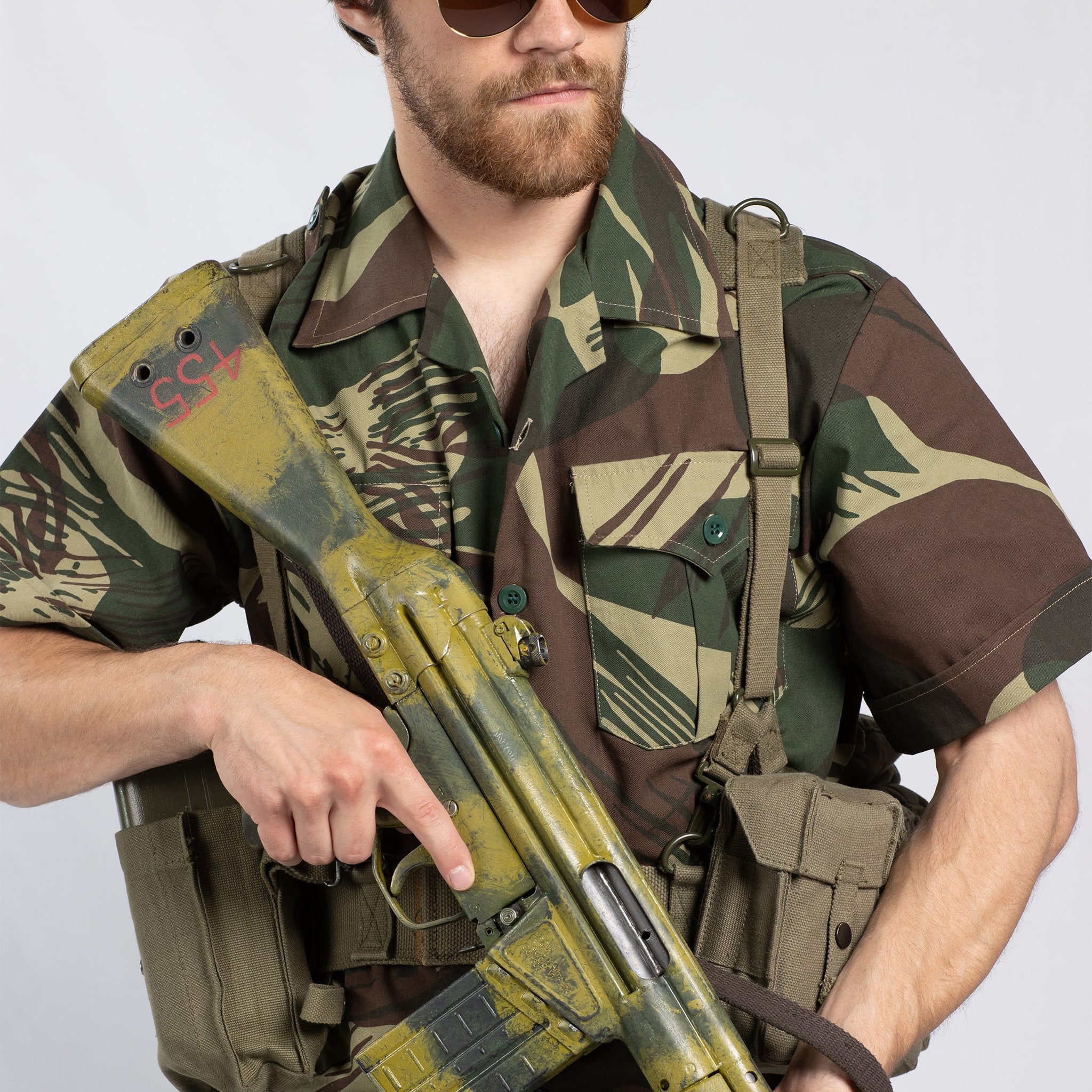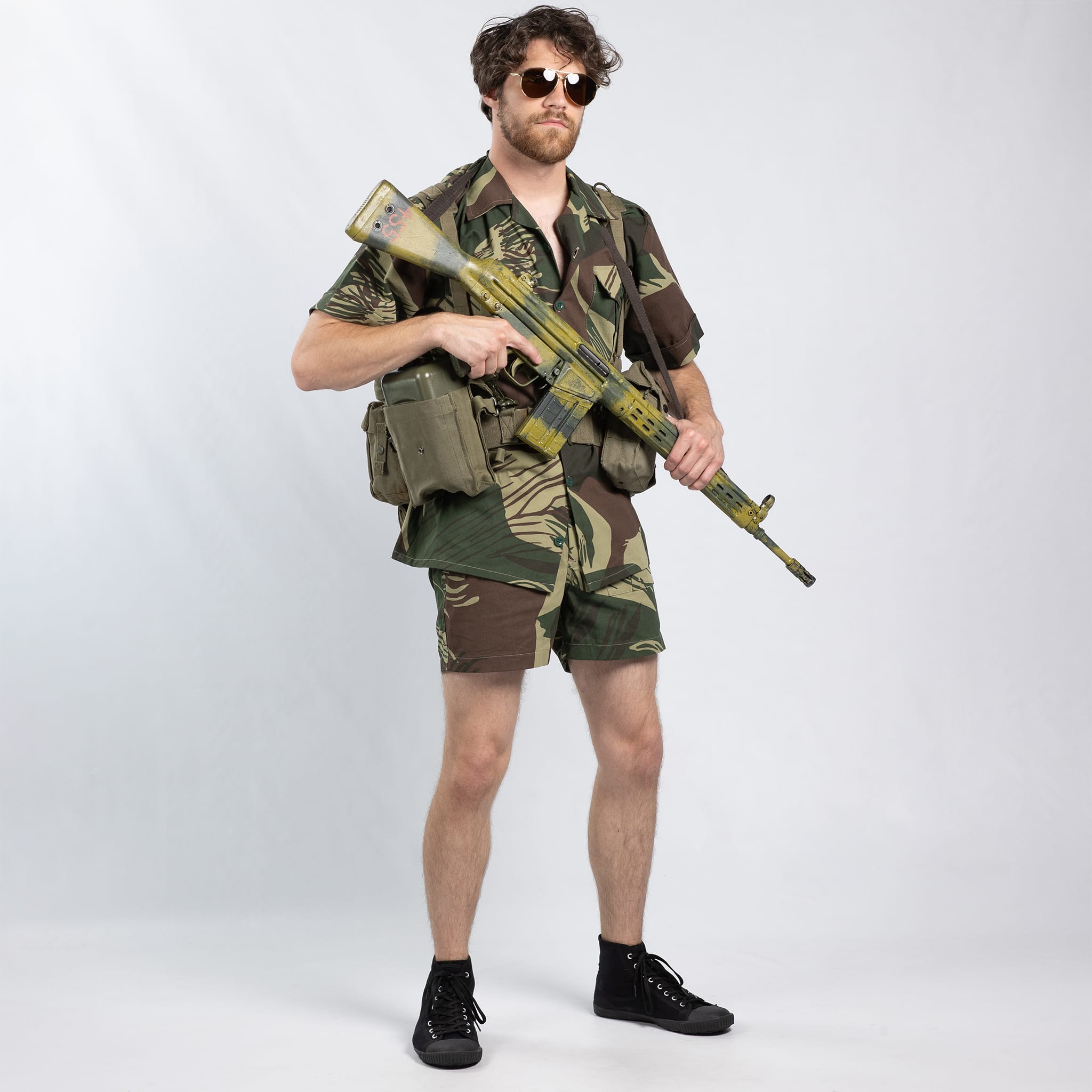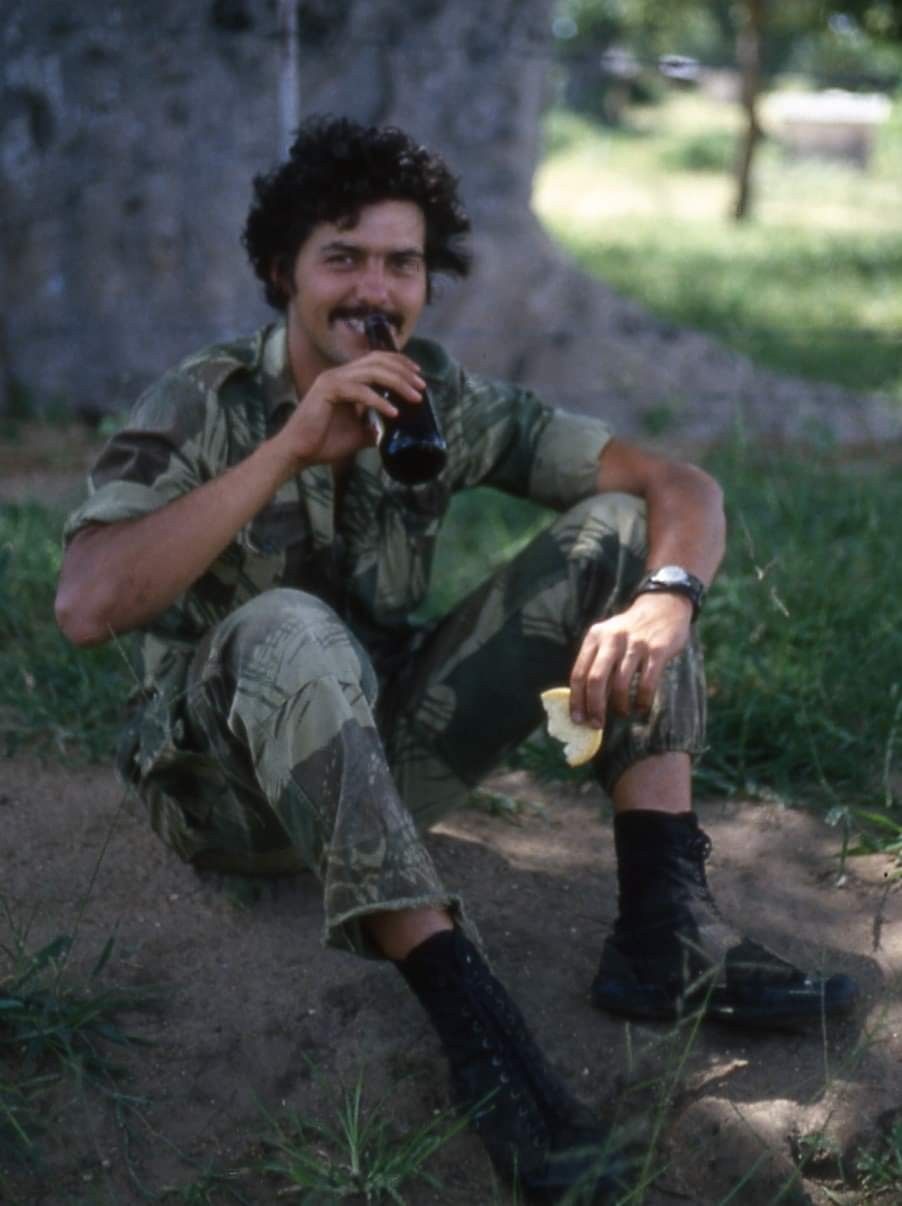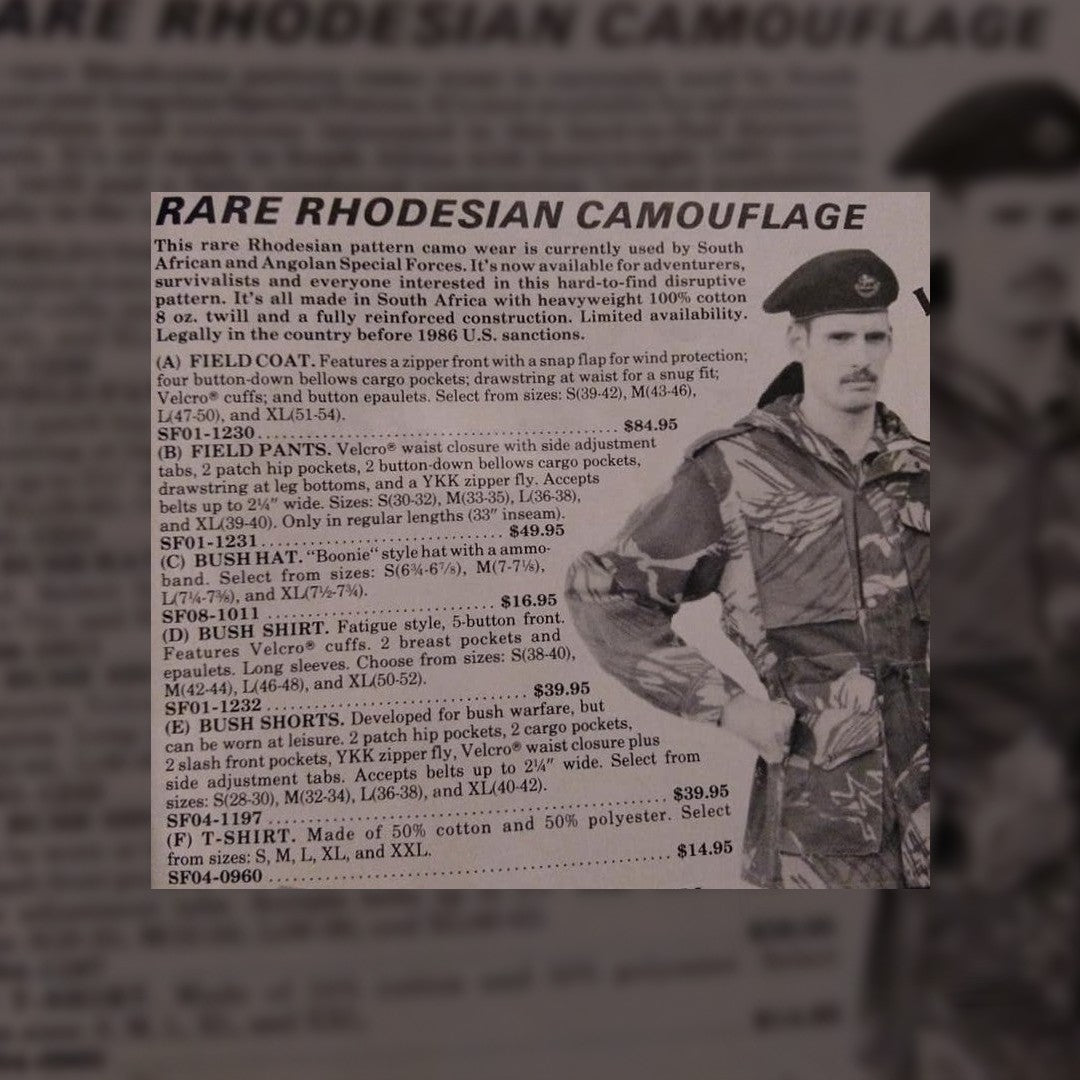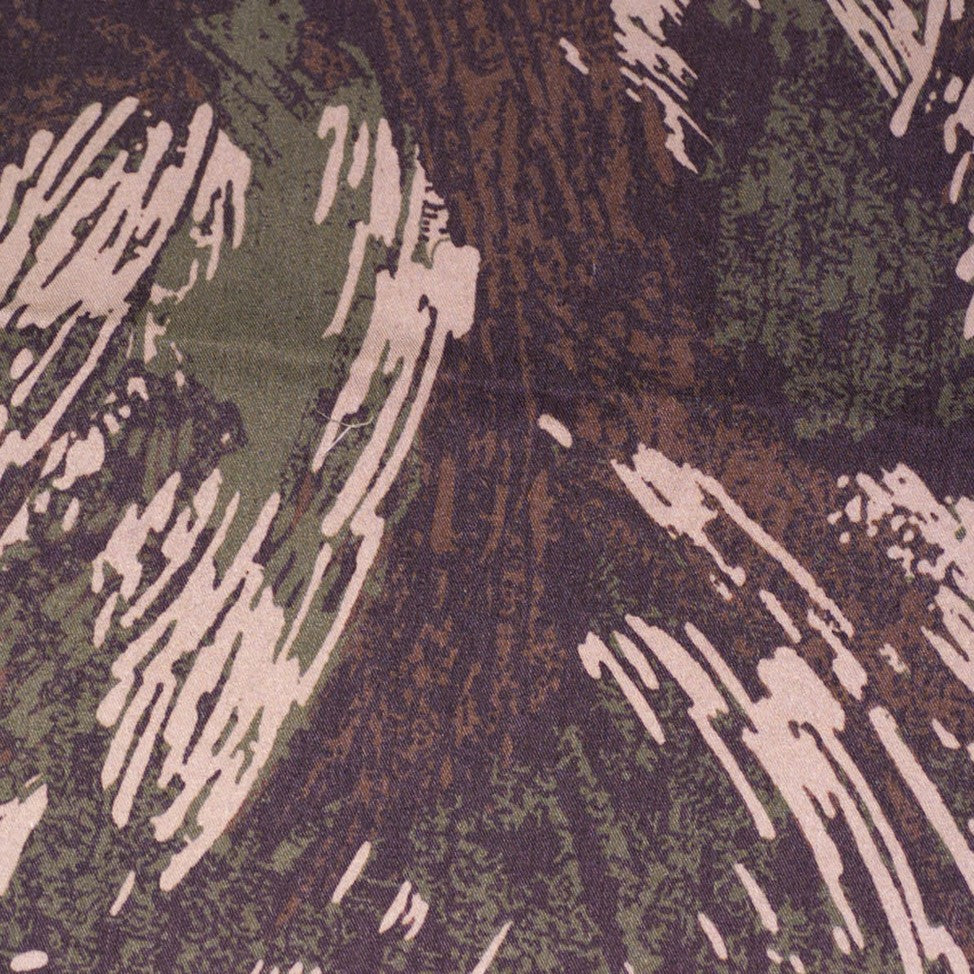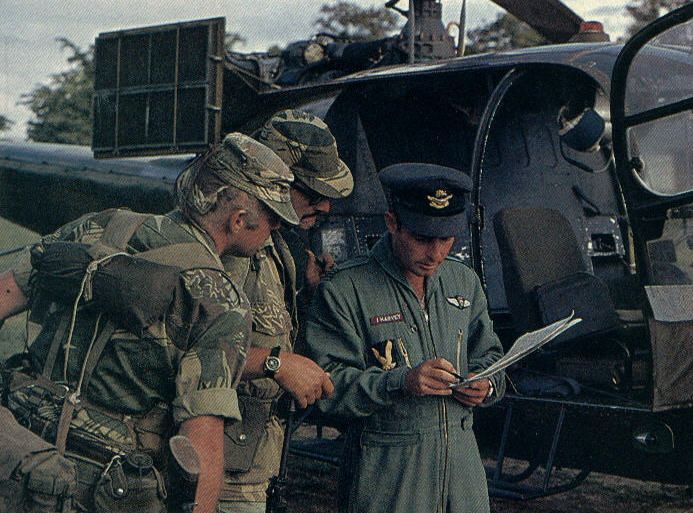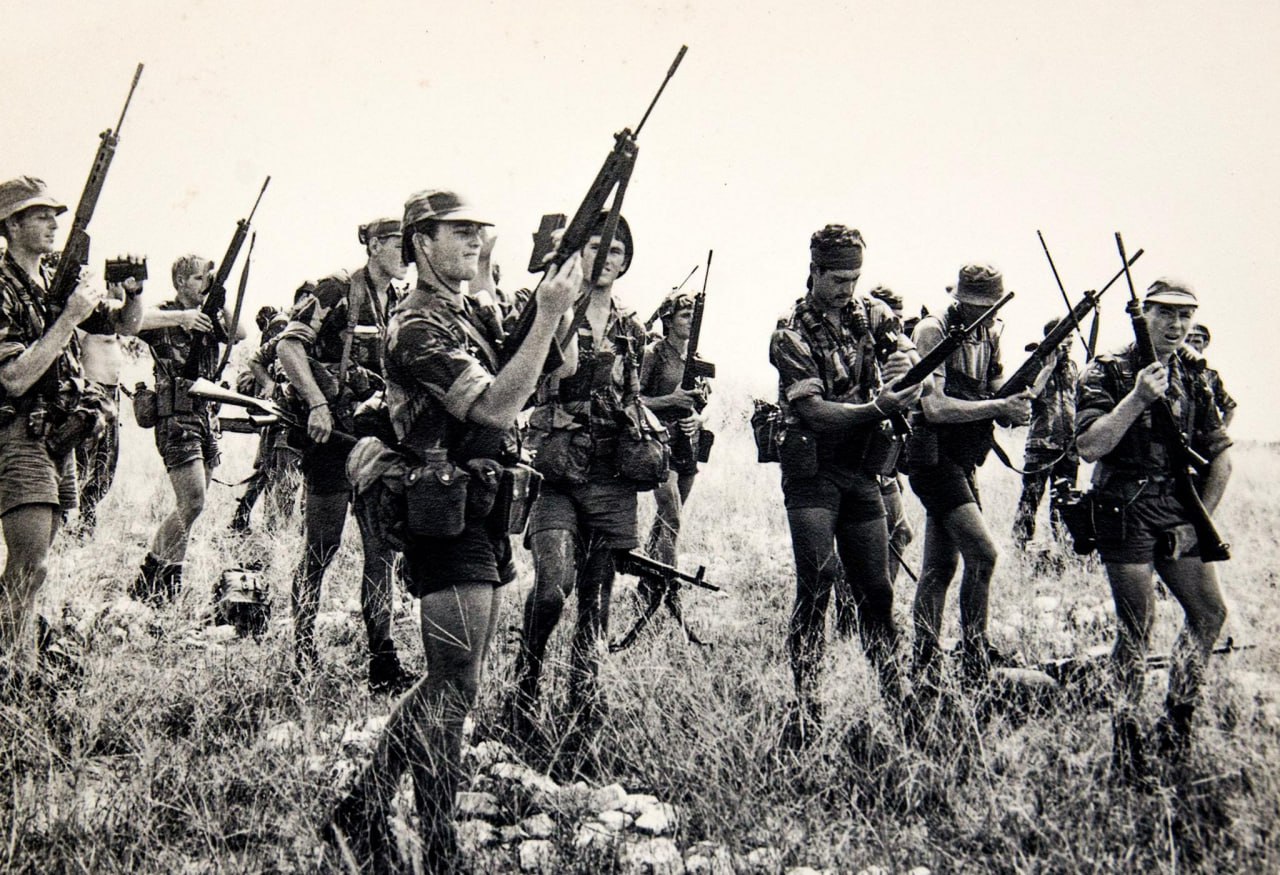Who is North Equipment?
These new-production Rhodesian Brushstroke garments are manufactured by North Equipment. North is run by a former SADF paratrooper or ‘parabat’, who worked with Johann Niemoller to rekindle Niemoller’s military textile businesses, under the North Equipment brand name.
He also happened to be Johann Niemoller's neighbor, which came in handy when he made his bid to restart Niemoller’s garment and webbing businesses after they were mothballed in 1994. With the help of our contacts in South Africa, North Equipment has restarted production on the very same equipment that manufactured Niemoller’s famous ‘Adder’ brand in the 80s and 90s.
Adder is best known for their prolific commercial variant of the Rhodesian camouflage print. Which was sold to Executive Outcomes, and various other secret squirrel outfits. The export market to the USA was also huge for Adder, and their uniforms regularly appeared in Solider of Fortune magazine among other places.
North Equipment continues this old school legacy with a new print which closely matches ‘2nd Pattern’ Rhodesian Brushstroke, color matched and digitally reproduced from Jaco’s original samples from Rhodesia.
The Garments
Every part of these uniforms is made locally, And North Equipment spent years setting up the supply chain the way they wanted.
The cotton is sourced from farms in South Africa, Zimbabwe, and Malawi. A specialty South African weaving company creates the durable cotton twill fabric, and performs the first dying step to create the distinctive khaki base color. After this the fabric is printed with the characteristic brown and green brushstrokes, before being sewn and assembled on Niemoller’s old tooling.
Outside of genuine articles from the Bush war, this is just about as authentically made as it gets. Your purchase directly supports passionate Africans working to bring back some of the coolest clothing and equipment from the Cold War.
The garments are based off of uniform sets widely manufactured by various contractors during the Bush War, with the same classic features & generous cut which will keep you looking as sharp as a rooikat's fangs.
Sizing
Take a fabric tape measure or a string and measure the largest part of your noggin in centimeters to the best of your ability — we've conveniently added measurements to the variant names so you can get an exact fit.
Specs
- Heavy weight 100% Cotton Twill, Sourced From South Africa & Zimbabwe
- Sewn & Dyed in South Africa
- Closely Replicates original "2nd Pattern" Rhodesian Brushstroke
- Classic & Timeless "Boonie Hat" Design
- Loops to insert foliage for extra camouflage




